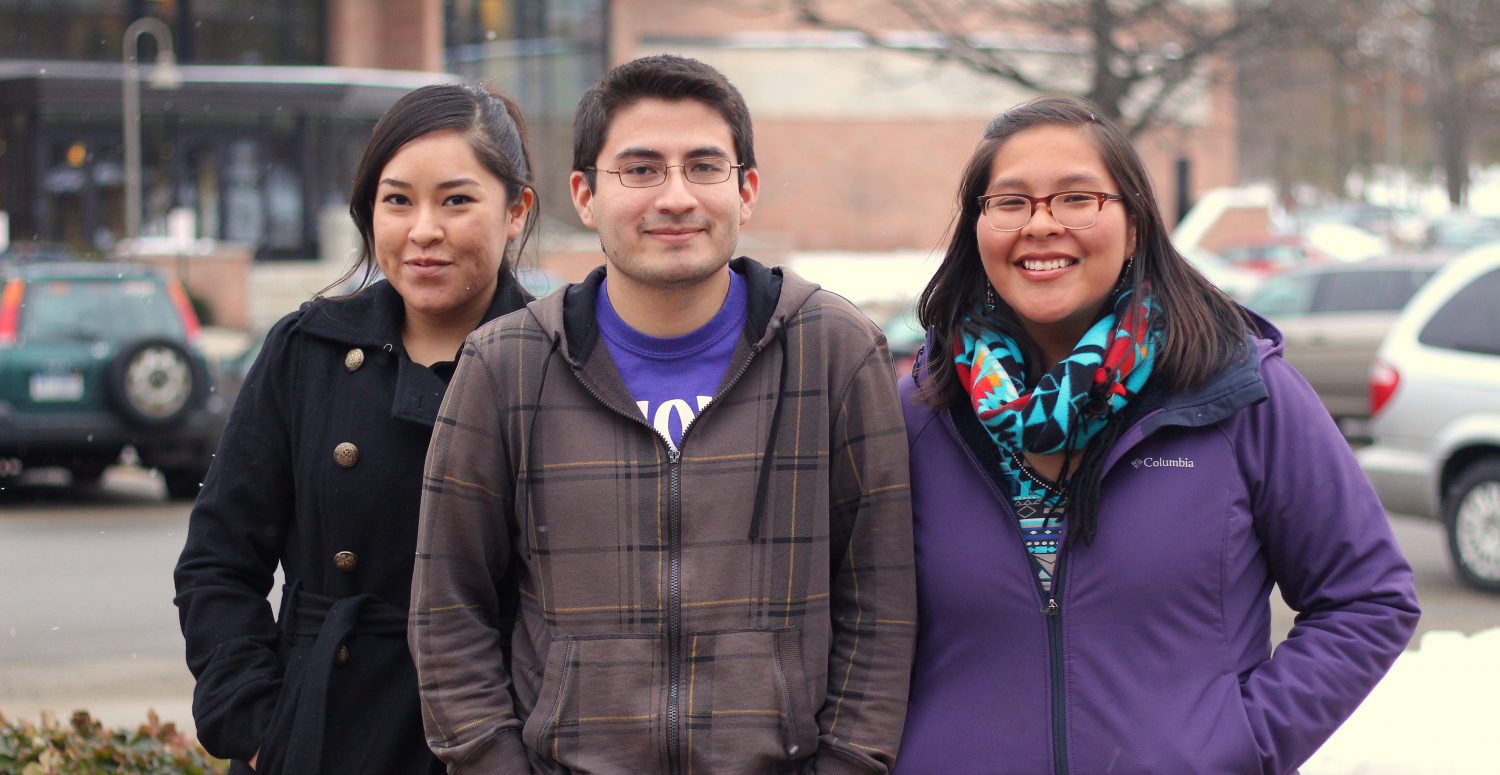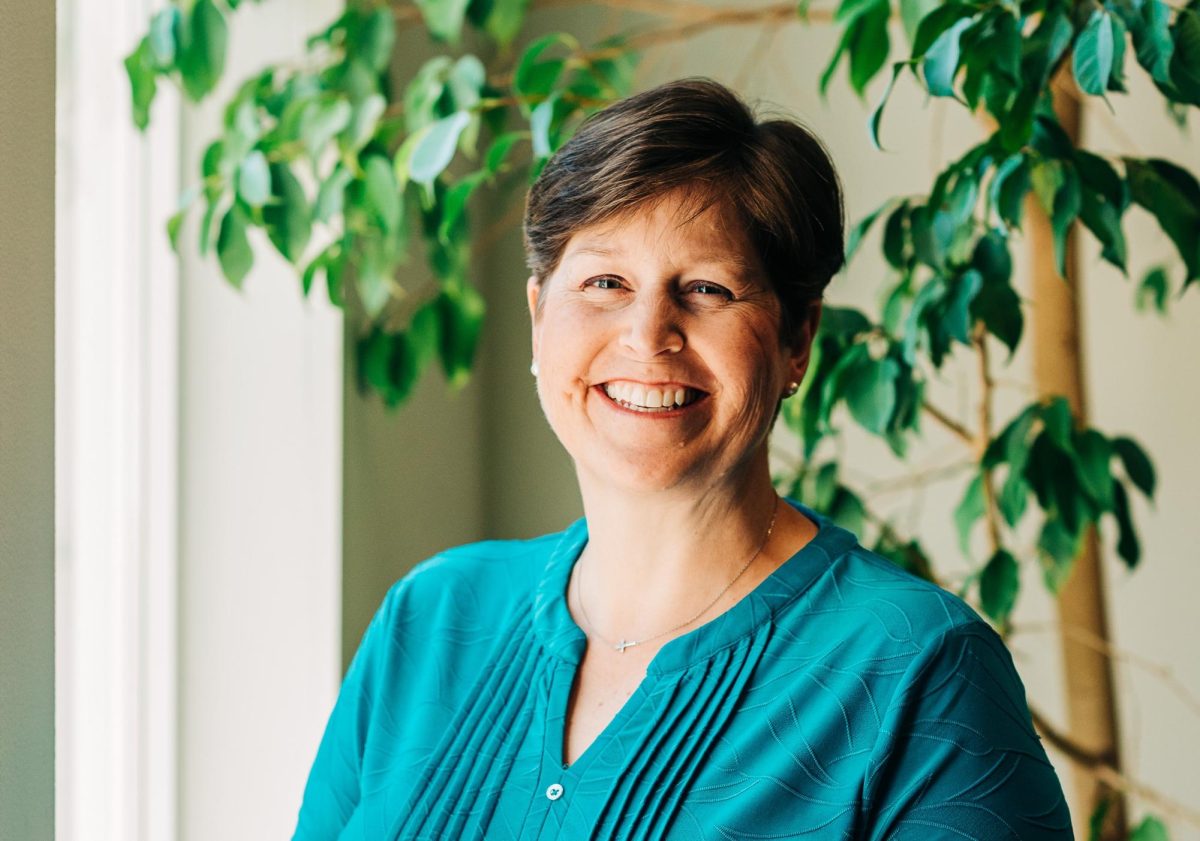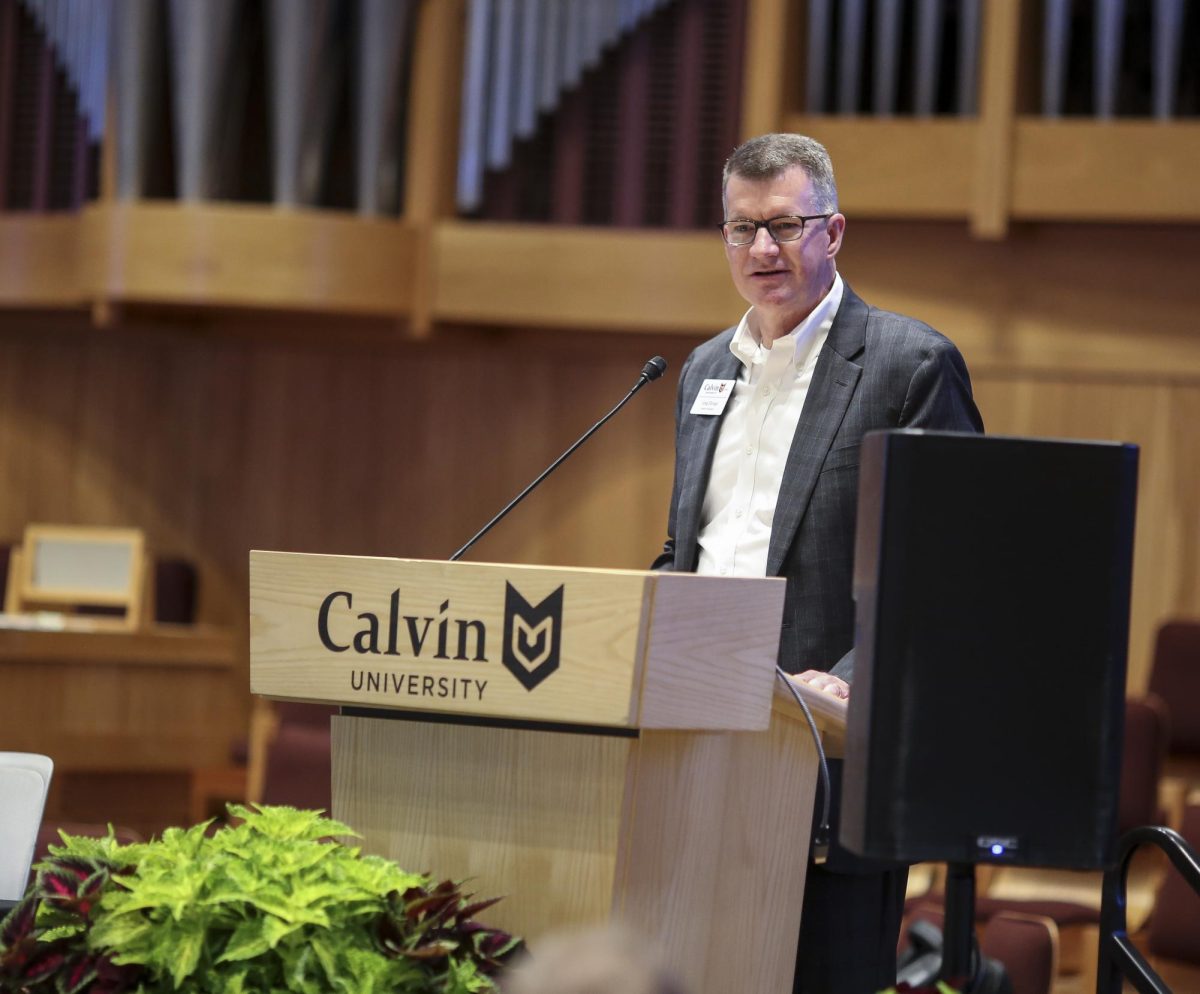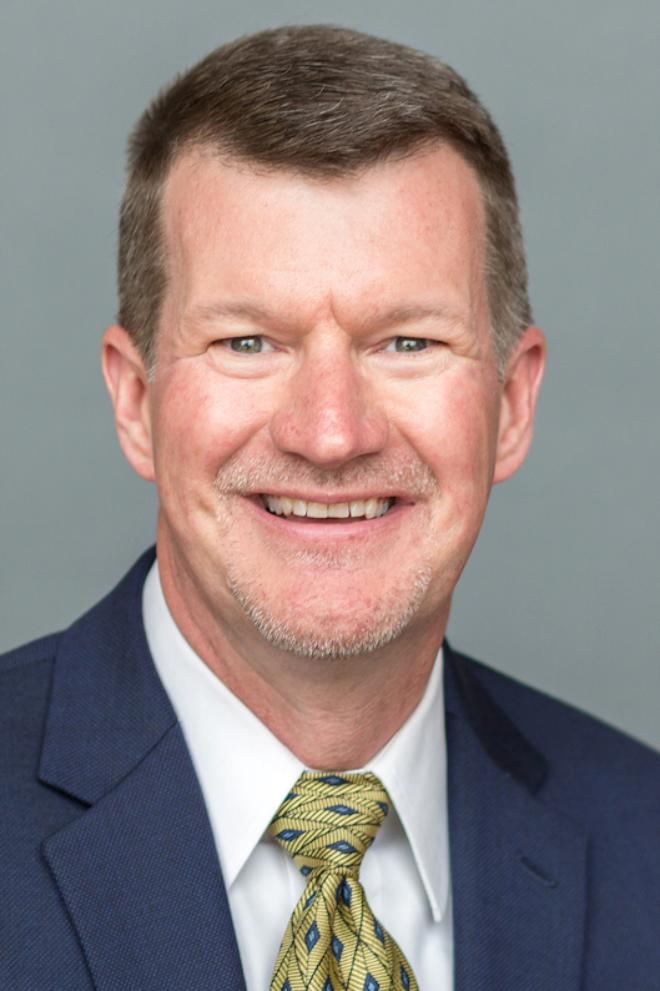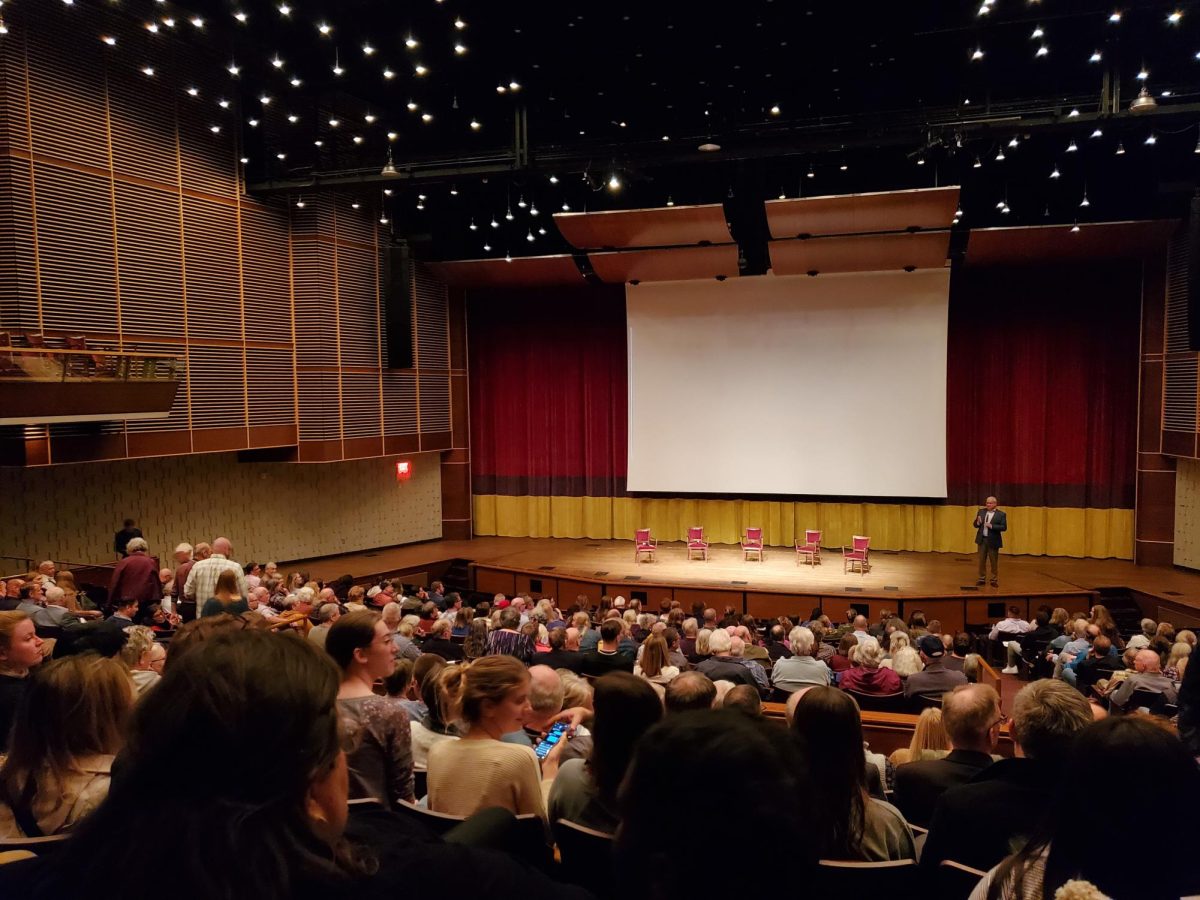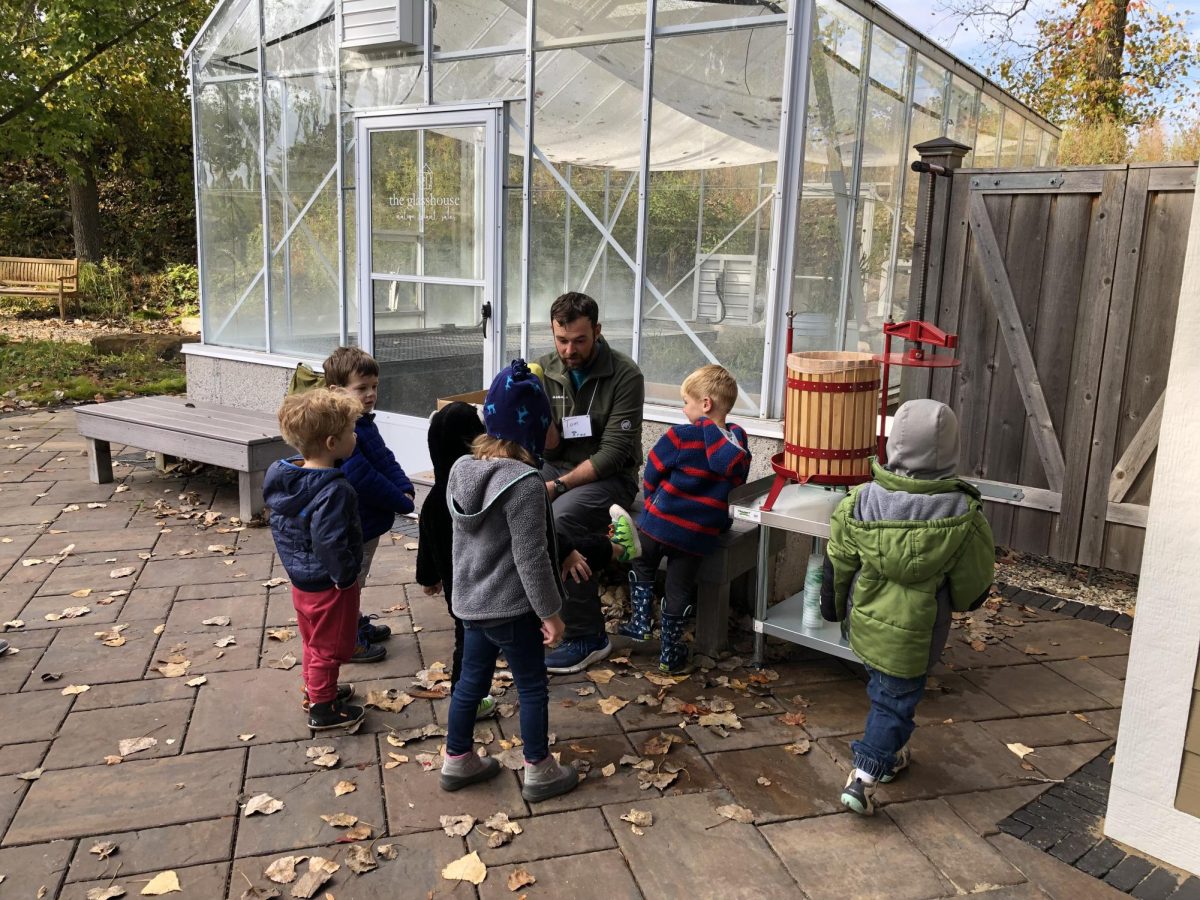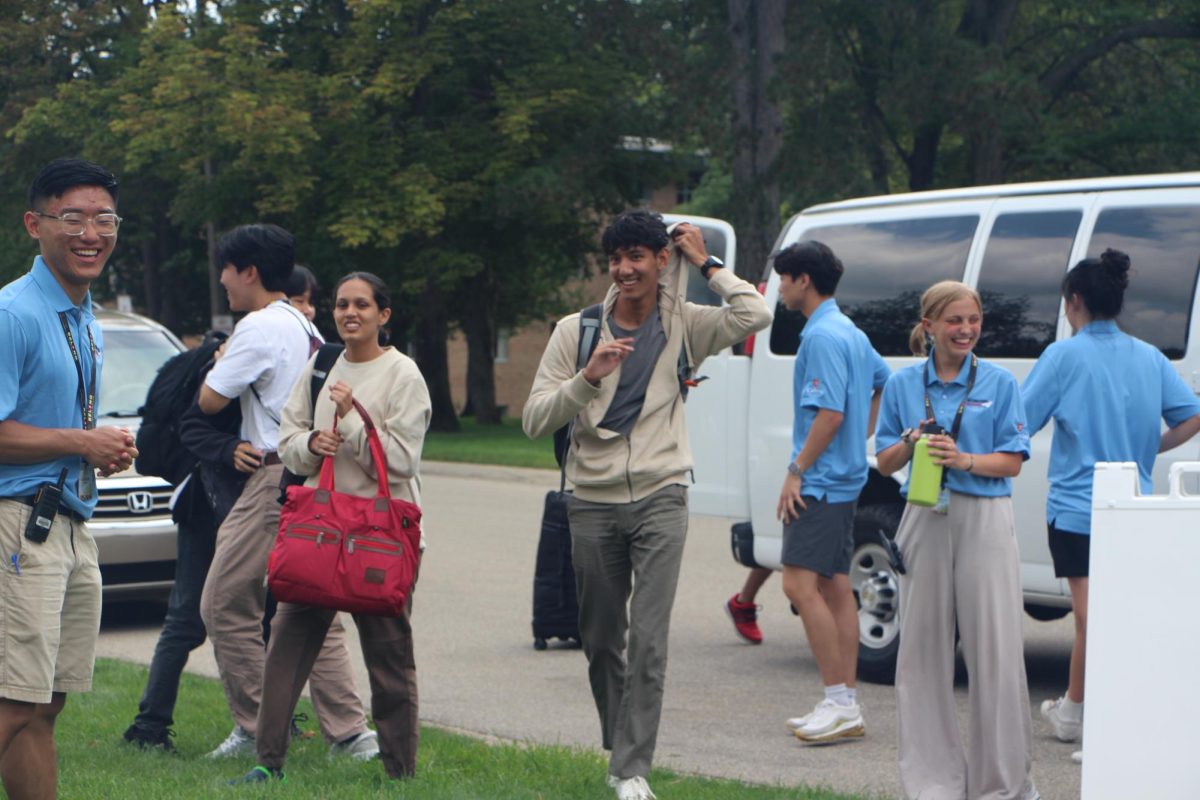Native Americans make up less than one percent of Calvin’s student body. But according to these three seniors, that is no excuse for letting stereotypes and cultural misrepresentations prevail.
The CRC, and Calvin in particular, has had a long history of involvement with the Native American people. But according to these students, all of Navajo descent, the relationship has not necessarily been a good one.
Here they write about their experiences of facing prejudice in a system where they have seen their culture misinterpreted and marginalized, and how it has inspired them to become cultural activists. This essay is part of a series. Read Ben’s story here, and read Tonisha’s story here.
Chantelle Yazzie
Senior, Social Work and Studio Art majors, Smith Lake, New Mexico
I grew up on a Navajo reservation in New Mexico. When I visited Calvin for the first time, I felt extremely out of place. I saw a huge void in the understanding and acceptance of Native Americans such as myself. People looked at me differently and asked me very stereotypical and marginalizing questions.
Deep in my heart I knew there had to be a Native presence within Calvin’s walls, and I wanted to be it. So I took the long journey from New Mexico, leaving everything I have ever known to venture into the world of West Michigan.
Retention rates of Native Americans at Calvin are among the worst, with males holding the least number, according to Retention Committee statistics. My people deserve to come to Calvin and be successful. Personally, it has been an intense journey during these four years at Calvin.
One day I am super excited about sharing who I am as a Native woman, and the next is filled with hopelessness that I might never be able to share my experience and integrate with Calvin’s community. I am troubled by the vast amount of ignorance I see among students, especially that of the majority.
One of the biggest issues I have had at Calvin is a lack of interest from the majority culture to learn from a culture different than theirs. As a member of the Multicultural Student Advisory Board, I was shocked to see the lack of interest and attendance of the dominant culture; white, Dutch, CRC West Michiganders, the audience we truly would like to see present.
Sadly, I have seen the MSDO dubbed by students as a “People of Color Only” group that is by AHANA students and for AHANA students. But this is not true. Multi-cultural means all cultures, and we want different people to come and engage in these conversations, especially those of the majority culture.
I think one of the ways Calvin students can engage in these conversations is by seeking out opportunities to learn about another person. Be aware that we are tired of getting the same, uninformed questions. No, we do not live in teepees, and no, we are not disappearing. We do exist, and we are a strong nation together, all across Indian Country.
Students can easily do research on things like contemporary Native leaders, movements and social issues before engaging with us. Do not think that reading historical archives or the Edward Curtis’ 1930s photographs of Native Americans gives you a sufficient education on an entire culture, much less me as an individual.
Talk to me directly. But most importantly, acknowledge the fact that you might not know all the answers, be open to learning and never be afraid to talk to someone about their culture. To faculty and staff of Calvin College, you too are a part of our experiences. Please recognize that when you address minority issues, you should not omit my people’s history or leave it out of the classroom; you’re talking about us too.
On a more positive note, these experiences at Calvin have ignited my passion for educating others about who I am and bringing awareness of the local Native population both on campus and in Grand Rapids.
My future goals are to provide a genuine welcome mat to Natives at Calvin and give them a notion that they are welcome and they too can be Calvin College. My hope is that Calvin students, staff and faculty recognize the rich yet tumultuous history of the peoples indigenous to this land.



